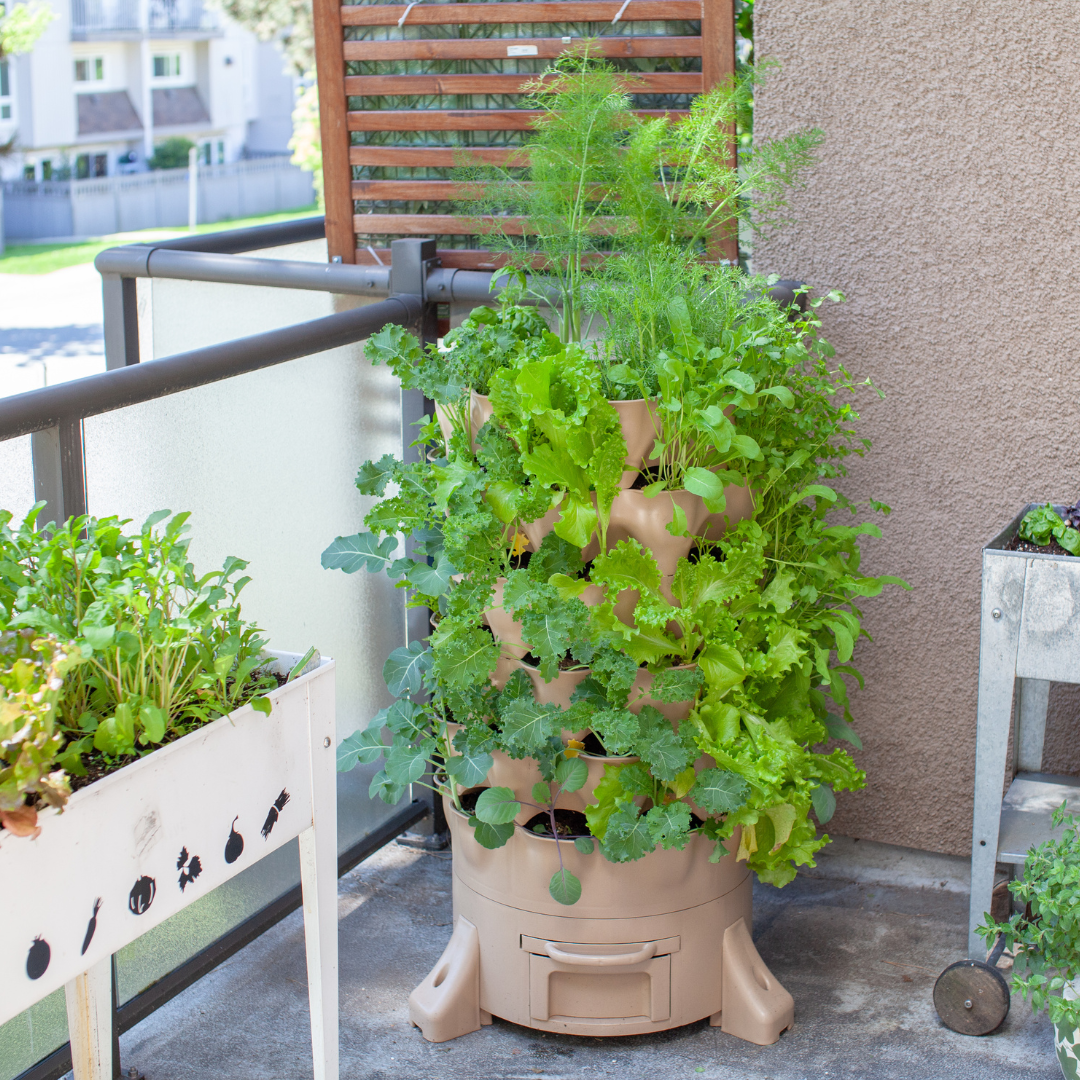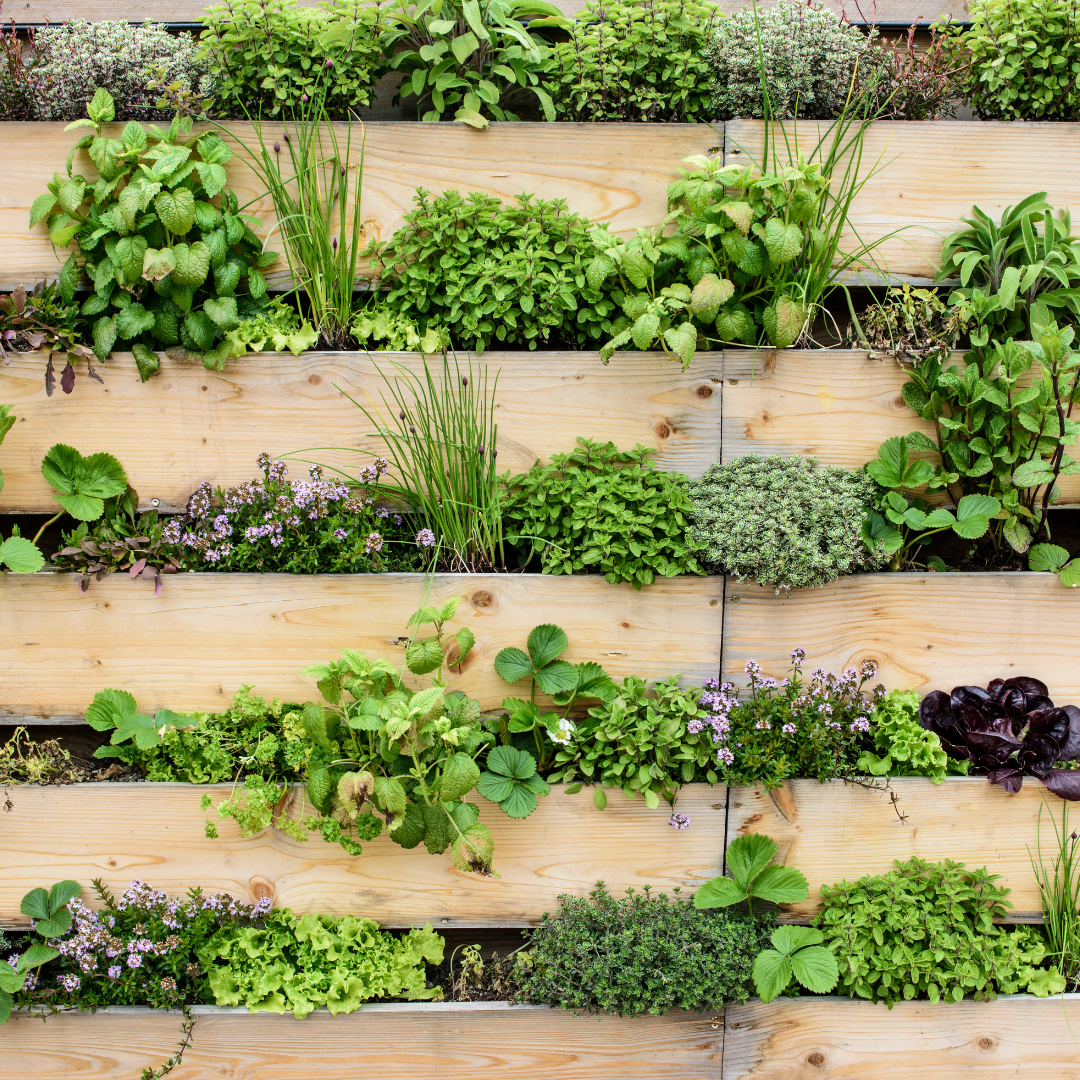Maximizing Space Efficiency
One of the primary benefits of vertical gardening is its ability to maximize space. In densely populated urban areas, where horizontal space is limited, vertical gardens make it possible to grow a variety of plants in a compact area.

This efficient use of space means more green coverage, which contributes to air purification and cooling effects.
Reducing Urban Heat Island Effect
Vertical gardens can significantly mitigate the urban heat island effect. Cities tend to be warmer than rural areas due to concrete, asphalt, and other heat-absorbing materials.

By incorporating vertical gardens, these surfaces are covered with plants that cool the air through evapotranspiration.
This natural cooling process can lower ambient temperatures, reduce the need for air conditioning, and decrease energy consumption.
Improving Air Quality
Plants are natural air purifiers. They absorb carbon dioxide and release oxygen through photosynthesis.

Additionally, they can filter harmful pollutants and toxins from the air. Vertical gardens, with their dense plant coverage, enhance this purification process, leading to cleaner, healthier air in urban environments.
Enhancing Biodiversity
Vertical gardens support biodiversity by providing habitats for various species of plants, insects, and birds.
This is particularly important in urban areas, where natural habitats are often limited. By creating vertical green spaces, gardeners can attract pollinators like bees and butterflies, which are crucial for the ecosystem.
This helps maintain a balanced and diverse urban wildlife population.
Efficient Water Use
Vertical gardening can be designed to use water more efficiently than traditional gardening methods.

Drip irrigation systems can be integrated into vertical gardens, delivering water directly to the plant roots and reducing water wastage.
Additionally, the use of recycled water and rainwater harvesting systems can further enhance water conservation efforts.
Reducing Carbon Footprint
Growing your own food in a vertical garden reduces the carbon footprint associated with the transportation and packaging of store-bought produce.

By cultivating herbs, vegetables, and fruits at home, gardeners can enjoy fresh, organic produce while contributing to a reduction in greenhouse gas emissions.
Insulating Buildings
Vertical gardens can act as natural insulators for buildings. When installed on exterior walls, they help regulate indoor temperatures by providing an additional layer of insulation.
This reduces the need for heating in winter and cooling in summer, leading to lower energy bills and decreased energy consumption.
Noise Reduction
Urban environments are often plagued by noise pollution. Vertical gardens can help reduce noise levels by acting as a sound barrier.

The foliage and plant structures absorb, reflect, and deflect sound waves, creating a quieter and more peaceful living space.
Boosting Mental Health
Encouraging Sustainable Practices
Vertical gardening promotes sustainable gardening practices. It encourages the use of organic soil, compost, and natural pest control methods.

Gardeners are more likely to adopt eco-friendly techniques, such as companion planting and crop rotation, which contribute to soil health and reduce the reliance on chemical fertilizers and pesticides.
Conclusion
Vertical gardening is more than just a trend; it is a sustainable solution that offers numerous eco-friendly benefits.
From maximizing space and improving air quality to reducing the urban heat island effect and promoting biodiversity, vertical gardens are transforming urban landscapes.
By adopting vertical gardening practices, individuals and communities can contribute to a greener, healthier, and more sustainable world.


